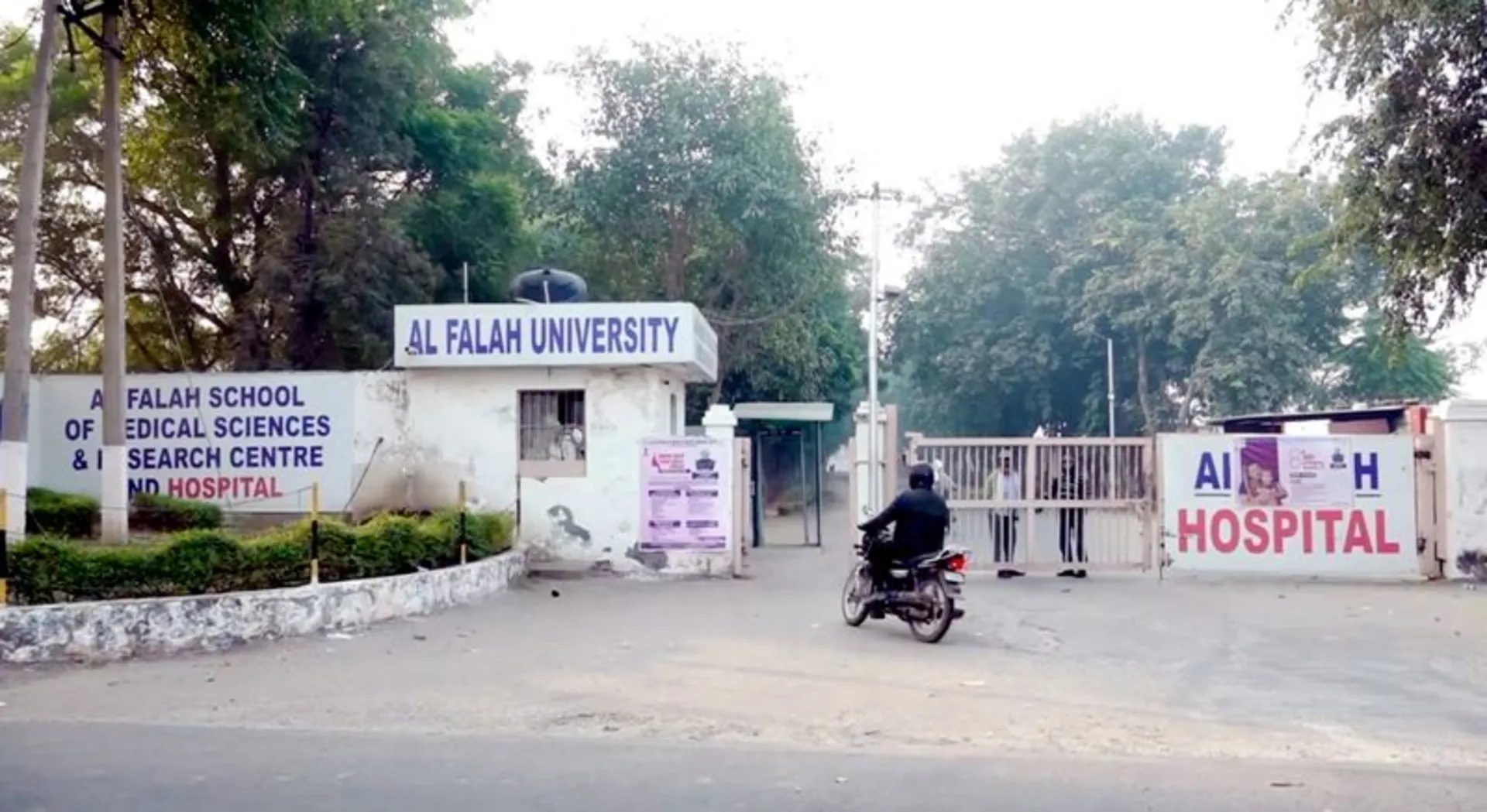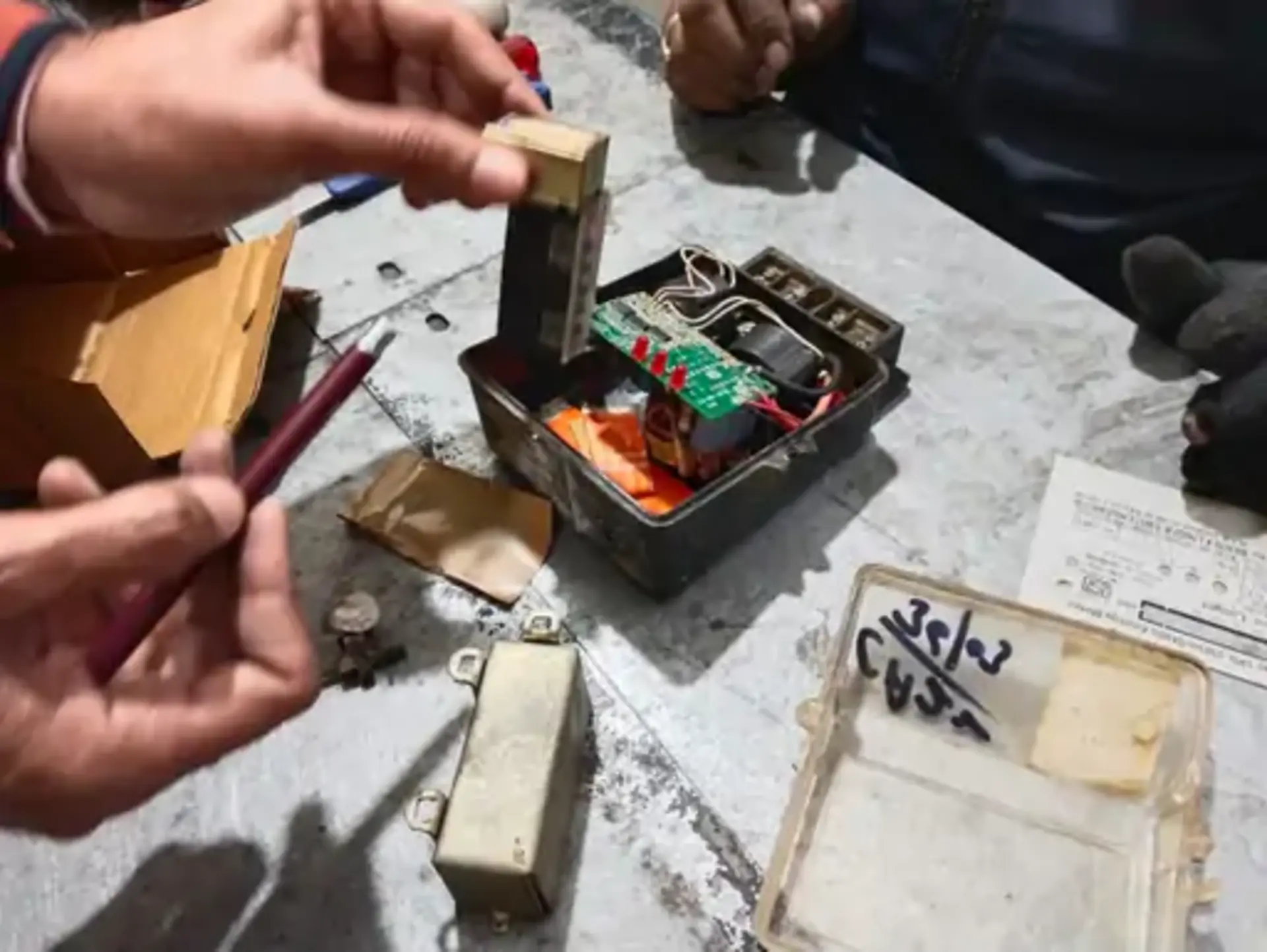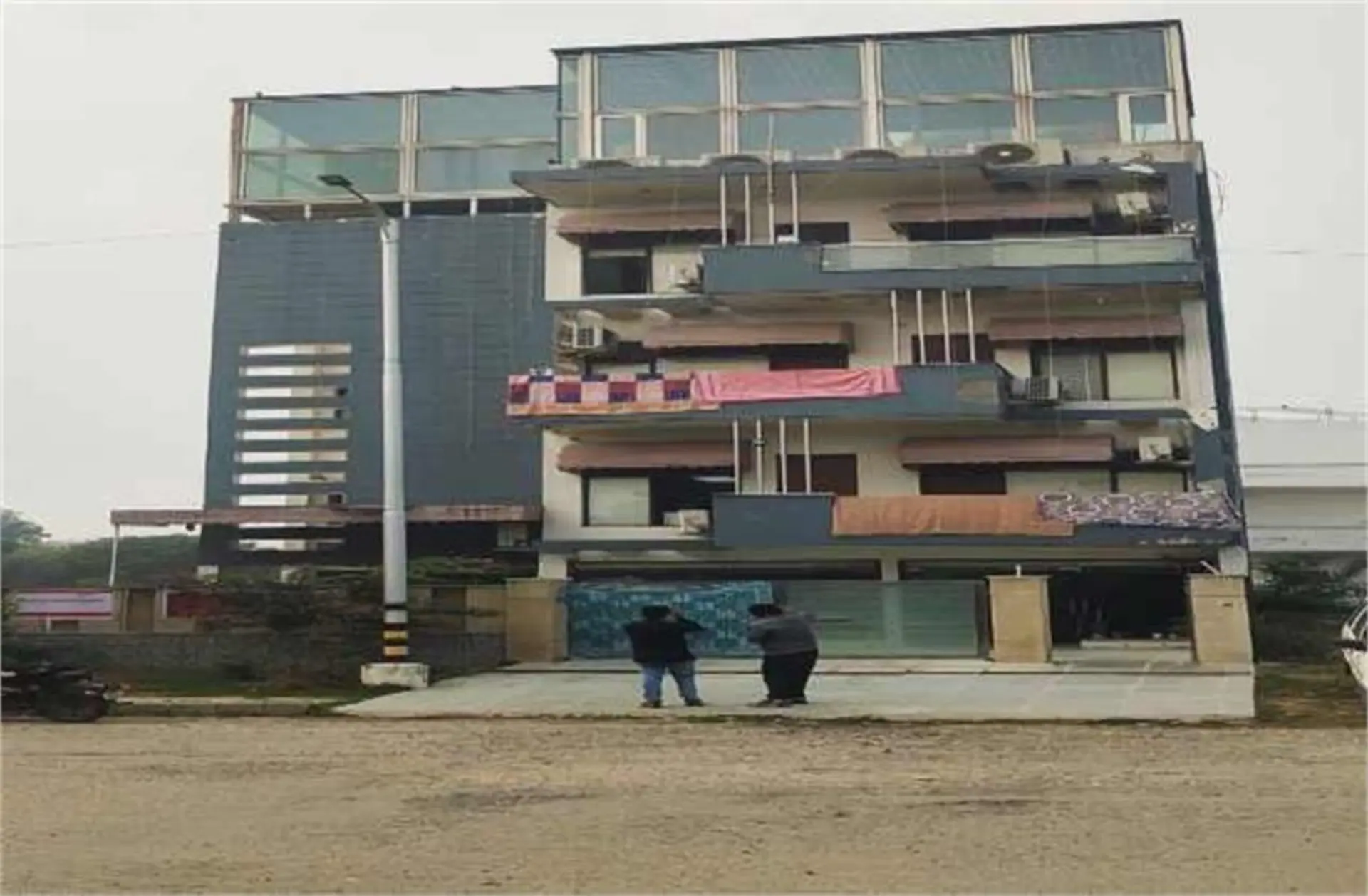
An archaeological breakthrough has been made at Topra Kalan village in Yamunanagar district of Haryana, where a team from the Indian Institute of Technology (IIT) Kanpur has discovered evidence of ancient structures buried beneath the ground using advanced radar technology.
The investigation, led by Professor Javed N. Malik along with researchers Mitthu Dhali and Monika Kumaiya from IIT Kanpur's Department of Earth Sciences, utilized Ground Penetrating Radar (GPR) to survey three distinct sites in the village this past January. Their findings, recently submitted to Haryana's Director of Archaeology and Museums, reveal brick structures lying beneath the surface near the village pond.
"Some cross-section structures were observed 5 meters below the surface, pointing to the possibility of ancient structures," Professor Malik explained. "Inclined georadar reflections observed from the profiles collected around the village temple suggests that it may be a dome-shaped structure."
The village, which was historically known as Nigambodh, has long been recognized for its rich archaeological significance. It gained prominence during the Mauryan Empire and was notably surveyed in the 19th century by Alexander Cunningham, the first Director-General of the Archaeological Survey of India.
Sidhartha Gauri, co-convener of the Indian National Trust for Art and Cultural Heritage (INTACH) in Yamunanagar, highlighted the site's historical importance: "Cunningham certified the Ashoka pillar that was taken from here and installed in Delhi in the 14th century. Besides, two large square structures made of baked bricks had been documented here. The bricks of 2000-year-old stupas at the village still bear hand impressions."
The Ashoka pillar, often referred to as the "pillar of gold" due to its golden glaze, was transported from Topra Kalan to Kotla in Delhi by Firoz Shah Tughlaq in the 14th century. This historical monument serves as a testament to the village's significance during the Mauryan era.
Since 2019, Haryana's Tourism Department has undertaken initiatives to develop a 27-acre Ashoka Edicts Park at the site. The park now features a 30-foot iron Ashoka Chakra replica, the tallest in India, according to Gauri, who conceptualized the project.
"This is the only place in Haryana to have been named after Buddha," Gauri added. "There were four big stupas here, making it one of the largest and most important Buddhist sites in the state and country."
The recent discoveries using ground penetrating radar technology may lead to further excavations and studies, potentially revealing more about this important historical site that connects modern Haryana to India's ancient Buddhist heritage and the legendary Mauryan Empire.













